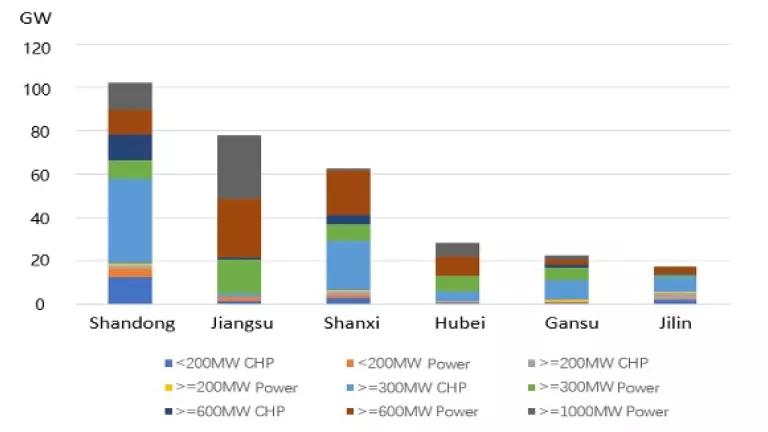Kicking the Coal Habit – Another Reason Why China Will Adopt a Carbon Intensity Reduction Target
Yesterday my colleague Jake Schmidt and I spoke with WNYC's Brian Lehrer, who asked me to evaluate the significance of President Hu Jintao's speech at Tuesday's UN Climate Summit (you can listen to the interview here). Was his announcement that China intends to establish a carbon intensity reduction target a negotiation tactic or a sign of real progress? My answer was "both."
The fact that the announcement did not include a specific target was probably intended to give China some room for negotiation based on what the US and other countries bring to the table. It is important to note, however, that in addition to advancing the global climate negotiations, China has other strong reasons of its own to adopt a carbon intensity reduction target. And it has already begun to make progress in decarbonizing its economy.
The first reason is coal (I'll discuss other reasons in forthcoming blog posts). While coal has long seemed a cheap and easy way to power its economic growth, China has increasingly come to realize the enormous costs of coal to China's most precious - and threatened - resources: breathable air, drinkable water, arable land, and the health of its people.
Coal, the dirtiest and most carbon-intensive fossil fuel, is the source of 80 percent of China's electricity. It is also by far the largest source of all types of air pollution in China. Coal is not only responsible for 80 percent of China's CO2 emissions, but also 85 percent of its SO2 emissions (the primary source of acid rain, which blankets at least one-third of the country), 67 percent of its nitrogen oxides emissions, and 70 percent of its particulate emissions.
Respiratory illness, impaired lung function, increases in hospitalization and mortality, reduced fetal and child growth, pulmonary disease including asthma, developmental impairment, and increased cancer risks are just some of the negative effects of air pollution on human health. An epidemiologic study of newborns in Chongqing, China has demonstrated that the elimination of coal-burning plants directly benefits children's health and development. NRDC also explains the negative effect of air pollutants on children's health in the U.S. here.
Coal is also responsible for thousands of premature deaths each year from black lung disease and coal mining disasters. China's death rate per one million tons of coal is seventy times that of the United States.
In addition to air pollution, coal has numerous other environmental impacts. Washing coal accounts for 25 percent of all wastewater, and producing one ton of coal pollutes 2.5 tons of water. Coal further accounts for 40 percent of China's industrial solid waste and is a large source of mercury pollution. (Read more about what NRDC has been doing in China on mercury pollution, as well as why it's such a detrimental toxin here.)
The True Cost of Coal, a report released by Greenpeace, Energy Foundation, and WWF in 2008, concluded that the total external costs of coal use in 2007 reached RMB 1.7 trillion, or $250 billion dollars, equal to over 7 percent of China's GDP. These costs includes "air and water pollution, ecosystem degradation, damage to infrastructure, human injuries and loss of life," all serious problems for China and all of which provide ample reasons for China to decarbonize its energy supply.
China has already made progress in reducing its reliance on coal. In 2006, the year China likely overtook the U.S. in annual CO2 emissions, it was adding the equivalent of more than two 500 megawatt (MW) coal-fired power plants a week. By the first half of 2009, however, China had cut down the net rate of coal plant additions to only 1/7th of what it was in 2006.
This was achieved primarily through energy efficiency and renewables (more to come on this in future blog posts). In addition, China set a target in 2005 of closing 50 gigawatts (GW) of small and inefficient coal power generation capacity by 2010. By July 30, 2009, China had already achieved that target, over a year ahead of time. A total of 7,467 small generating units representing 54 GW have now been shut down. And China plans to close another 31 GW of inefficient coal plants by 2011.
Despite the absence of a specific target reduction figure in President Hu's announcement at this week's climate talks, his commitment to adopting a national carbon intensity target is nonetheless noteworthy and encouraging. And it is not just empty rhetoric. China just can't afford the high cost of coal any longer - and its top leaders know it.
Feng Fei, an influential advisor to China's State Council (China's cabinet), who participated in a recent study of low-carbon scenarios for China, put it this way: "We should not only be concerned about the cost of transformation, but also the cost of inaction".



